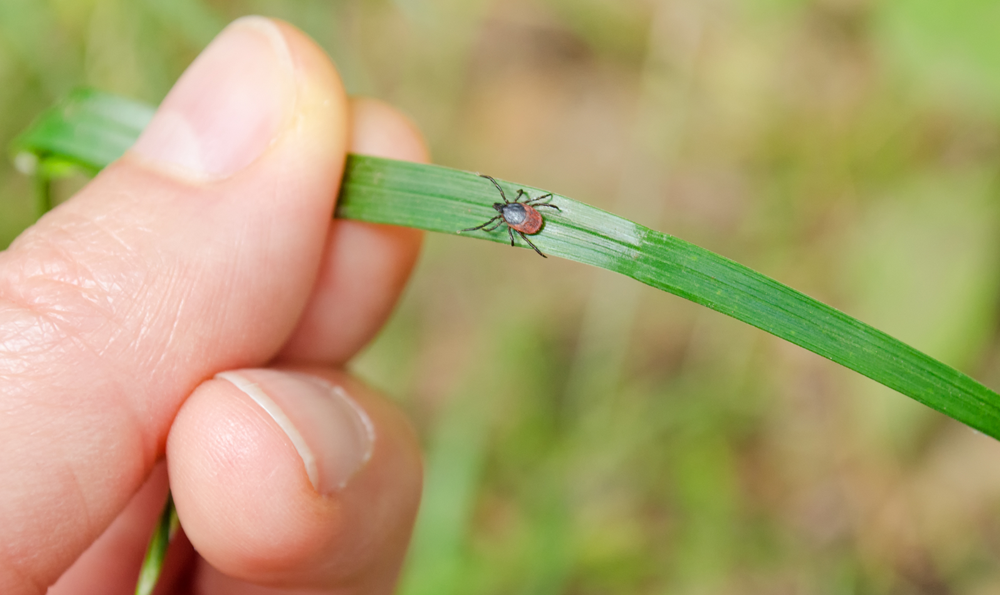Lyme disease is the most common tick-borne illness in the U.S. and is more prevalent in the Northeast, especially during warmer months.
Gregory Dimesa, DO, a family medicine physician at Atlantic Health, shares more about the early and advanced signs of Lyme disease — and why early detection can improve your outcomes.
Early Lyme disease symptoms
Lyme disease is a bacterial infection caused by Borrelia burgdorferi. People get infected with this bacteria from deer tick bites.
“Deer ticks are very small — sometimes too small to be noticed — which can be challenging because people can develop symptoms but never realize they’ve had a tick bite,” says Dr. Dimesa. “If we know a patient has been outside in a wooded area and they have a bullseye rash and flu-like symptoms, that’s enough for a diagnosis since we don’t want to delay treatment any longer than necessary.”
The most iconic symptom of Lyme disease is this bullseye rash, which appears in more than 70% of people with Lyme disease, according to the CDC. This rash, which has a red center, and a red outer ring, can appear as early as three days after a bite, but usually after 7-14 days. The rash may be mild at first, but it often expands and can last for weeks. If Lyme disease is left untreated, the rash can spread to other parts of the body.
Other early signs of Lyme disease include flu-like symptoms such as:
- Fatigue
- Fever
- Joint pain
- Muscle aches
- Stiff neck
- Swollen lymph nodes
Long-term Lyme disease complications
As Lyme disease progresses, it can cause more serious complications such as:
- Arthritis and joint degeneration
- Cardiac symptoms like Lyme carditis (inflammation of the heart), damage to the electrical signals of the heart and arrhythmias
- Neurologic symptoms like brain fog, decreased concentration and Bell’s palsy (weakness on one side of the face)
Some patients have ongoing fatigue and brain fog even after treatment, called “post-treatment Lyme disease syndrome,” which, unfortunately, may take some time to go away.
Lyme disease treatment and prevention
Fortunately, especially if caught early, Lyme disease can be treated with antibiotics like doxycycline. Patients who get diagnosed after the disease has progressed often have to take a longer course of antibiotics and may also need treatment for complications, such as a pacemaker for cardiac symptoms.
You can take steps to avoid ticks and prevent Lyme disease by:
- Using an insect repellent that contains DEET.
- Avoiding deer and their habitats.
- Checking your own and your loved ones’ skin and hair after being outside.
- Showering after being outside.
- Wearing long clothing and high socks.
“If you suspect Lyme disease, it’s important to get treatment early to avoid the spread of bacteria and neurological and cardiologic complications,” says Dr. Dimesa. “If a tick has been attached for less than three days, a single, prophylactic dose of doxycycline can be effective at preventing Lyme disease transmission, eliminating the need for further treatment and the risk of late stage complications. So it is important to seek evaluation very early.”











